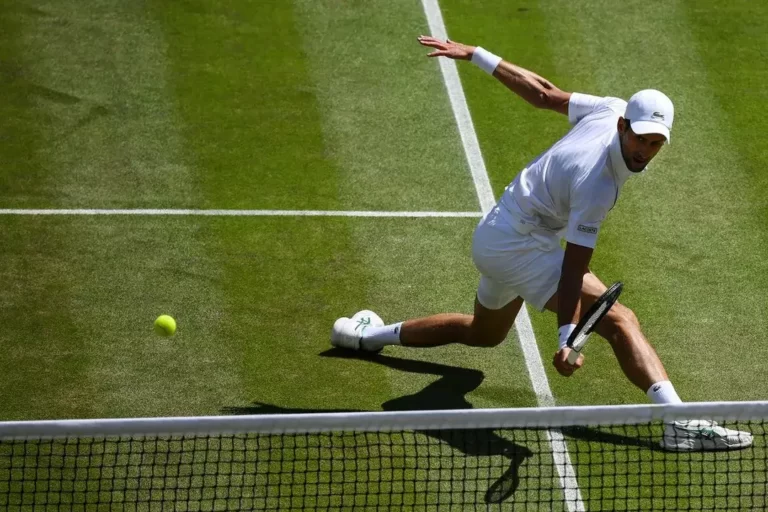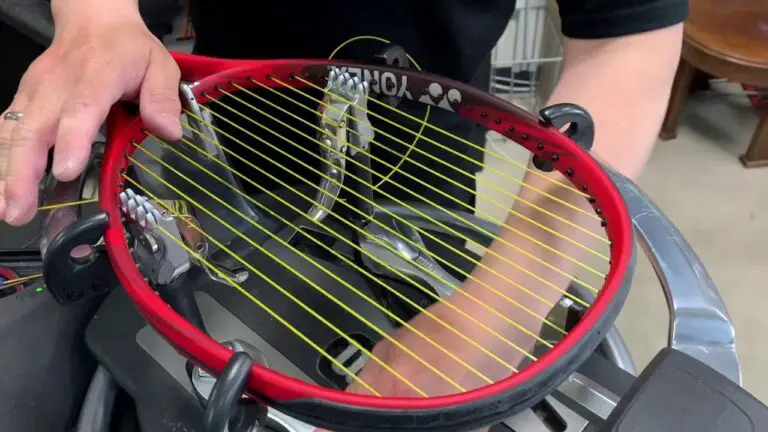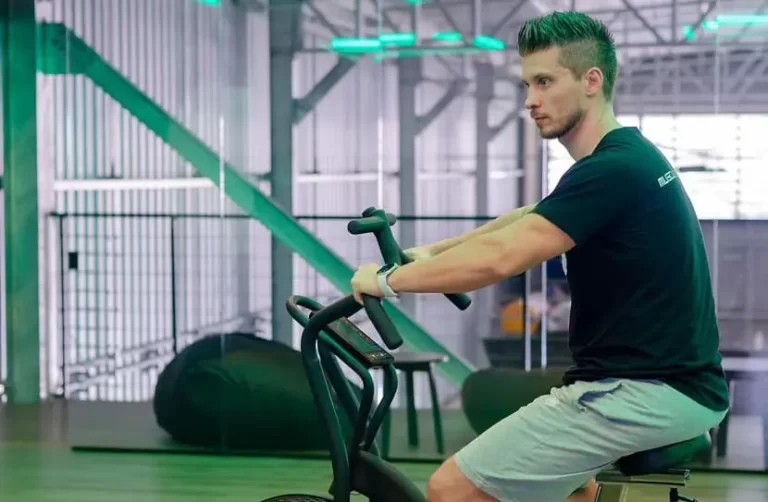What Is A Fault In Tennis?
In a tennis match, each player has two chances to serve a ball into the appropriate service box to start play. A fault occurs when a player loses on their first serve. A second failure of their second serve results in a double fault, and the service fails the point.
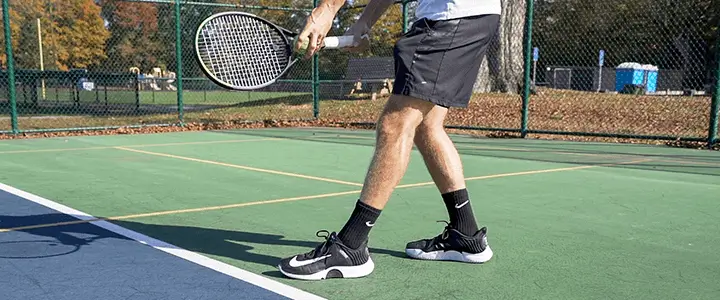
Tennis is an exhilarating sport in which players aim for accuracy and precision with each shot. However, a tennis fault might occasionally happen amid intense rallies and strong serves. So what is a fault in tennis?
An unsuccessful serve that misses the specified service box or breaks one of the game’s regulations is a tennis fault. When a player makes a fault, the point is lost, giving the opponent a chance to serve again or an advantage.
Players must comprehend the notion of faults to avoid penalties and keep their competitive edge on the court.
Let’s Discuss what is a fault in tennis & Types Of Faults:
A fault in tennis refers to an invalid or unsuccessful serve that violates certain rules during the game. Players can serve the ball into the appropriate service box to start play.
Players commit a fault if they cannot complete a successful serve on their initial attempt. A second incorrect serve on the second try results in a double fault, which costs the server the point.
Types Of Fault In Tennis:
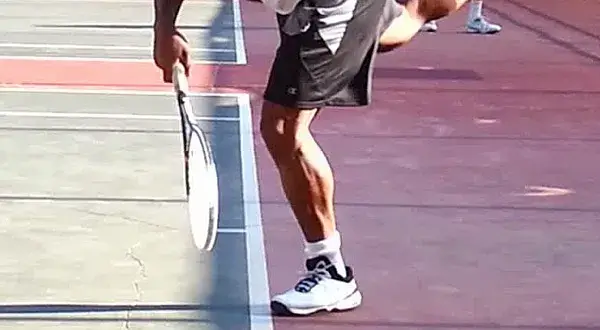
Various faults can be made while playing tennis. The different fault categories are as follows:
Service Fault:
In tennis, the most typical kind of fault is a service fault. When the server fails to carry out a legitimate service, it happens.
The server swinging at the ball but missing it, the ball bouncing outside the service box or its lines, and the ball not landing within the confines of the appropriate service court are a few common causes of a service fault.
Foot Fault:
A foot fault occurs when the server’s foot strikes the baseline or the inside of the baseline while performing a service.
While serving, both feet must remain behind the baseline by the regulations, and players must maintain a largely stable position. A foot fault is regarded as a fault if it happens.
Double Fault:

It is known as a double fault when the server fails to execute a good serve on both its first and second tries.
In other words, it happens when the server makes two faults in a row while attempting to provide a service. The server forfeits the point when there is a double fault.
Distraction Fault:
A player commits a distraction fault when an outside influence or intervention diverts their attention from serving, resulting in a fault.
Diverse factors, including audience noise, activity in the area, and unforeseen happenings on the court, might provide a distraction.
Double Hit Fault:
When a player hits the ball twice with their racket before it passes the net, it is known as a double hit fault. A fault is assessed if you strike the ball twice in a row. This is against the rules.
Does Getting a Fault Result in a Losing Game?

Losing a point, a game or even the entire match is possible. A fault occurs when a player makes their first serve fault. The server fails the point if they double fault, which happens when they lose both serves in a row.
Serving the ball out of bounds, double-faulting on serve, and putting the ball into the net when serving are the most frequent faults in tennis.
Losing a tennis game does not always follow receiving a fault. It depends on the situation and the players’ collective performance. A fault can cost you a point, and committing enough faults can cost you a game or the entire match.
However, the result of the whole game is not determined by a single fault. There are many possibilities for players to serve, and faults are expected in the game. The outcome is based on the player’s overall performance, plan, and opponent’s performance.
Top Causes of Faults

When the server violates the rules when serving, it is referred to as a fault in tennis. Tennis faults can come in many different forms, and they can have a variety of causes. These are the main reasons for faults in tennis:
Serving the ball out of bounds:
One of the most frequent reasons for a fault is when the server misses the mark when placing the ball inside the lines of the appropriate service court. The ball must drop inside the service box diagonally across from the server to avoid a fault.
Double faulting on serve:
When the server cannot complete a successful serve on the first and second attempts, a double fault occurs. A double fault results in a point loss when the server makes an error on both the first and second serves.
Hitting the ball into the net on serve:
A fault occurs when the server’s shot strikes the net but doesn’t clear it. To be deemed a legitimate serve, the ball must cross the net and enter the service area without touching the net.
Foot faults:
A foot fault occurs when the server’s foot strikes the baseline or the inside of the baseline while performing a service. During the service, both feet must remain behind the baseline; failure to do so results in a foot fault.
Missing the ball entirely on a serve:
A fault is committed if the server swings at the ball and misses it without making contact.
Tips for Reducing Faults:

Here is some advice on lowering faults in tennis:
Improve Serve Technique:
Serving faults are common in tennis. Improved grip, swing, and ball-tossing mechanics can help you serve with greater accuracy and fewer faults.
Practice Consistently:
Consistent practice helps you build muscle memory, enhance timing, and increase coordination, which can help you make fewer faults in the game, particularly serves and groundstrokes.
Focus on Footwork:
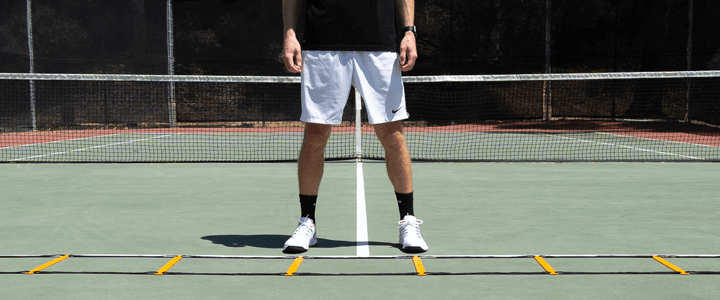
Serve faults can arise from poor footwork. Be mindful of your footwork and maintain this position until the service is played by keeping both feet behind or close to the baseline.
Target Specific Areas:
Improve your aim and serve at particular spots on the opposing team’s court. You may prevent hitting the ball out of bounds by practicing various serves, such as down the T or wide.
Stay Relaxed and Focused:
Faults may result from nervousness and lack of concentration. Use mental exercises to calm yourself and maintain focus throughout games, such as deep breathing and visualization.
Take Breaks When Needed:
The technique can deteriorate, and the likelihood of faults rises with fatigue. Pay attention to your body and take pauses when necessary to prevent weariness and maintain peak performance.
Seek Professional Coaching:
Working with a tennis coach can help you find and fix technical faults in your game and problems that might cause faults. A coach can offer you tailored advice and exercises to improve your performance.
Conclusion:
To avoid dropping points, games, or matches, players must clearly understand what is a fault in tennis. While a fault may have unfavorable effects, it does not always result in a game being lost.
Players must concentrate on using the appropriate techniques, practice consistently, and maintain mental readiness to reduce faults.
Tennis players can improve their chances of success on the court by understanding what a fault in tennis is and working to minimize it.
REFERENCES:
- https://pressurelesstennisball.com/what-is-a-fault-in-tennis/
- https://www.rookieroad.com/tennis/what-is-fault/
- https://igaming.org/sports/an-overview-of-faults-in-tennis/
Related Posts
Do Tennis Players Jump When Serving? (But Why)
Why Do Tennis Players Take 3 Balls? The Actual Reason
Are Tennis Players Good At Ping Pong? Sharing My Experience


